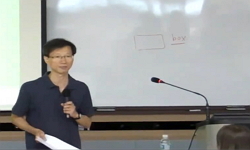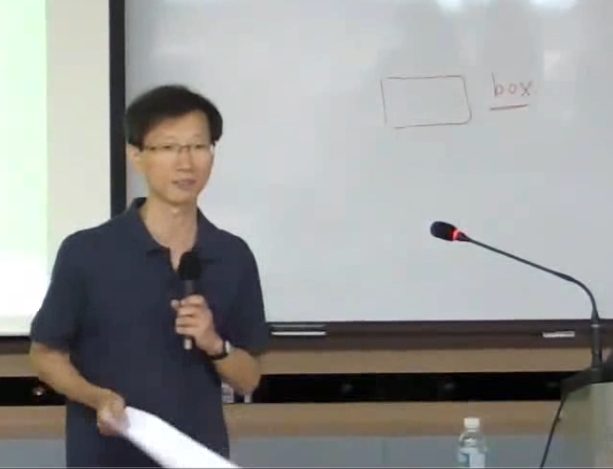Cu/PET composite films are widely used in a variety of wearable electronics. Lifetime of the electronics is determined by adhesion between the Cu film and the PET substrate. The formation of an anisotropic nanostructure on the PET surface by surface m...
http://chineseinput.net/에서 pinyin(병음)방식으로 중국어를 변환할 수 있습니다.
변환된 중국어를 복사하여 사용하시면 됩니다.
- 中文 을 입력하시려면 zhongwen을 입력하시고 space를누르시면됩니다.
- 北京 을 입력하시려면 beijing을 입력하시고 space를 누르시면 됩니다.
https://www.riss.kr/link?id=A106824379
- 저자
- 발행기관
- 학술지명
- 권호사항
-
발행연도
2020
-
작성언어
English
- 주제어
-
등재정보
SCOPUS,KCI등재,ESCI
-
자료형태
학술저널
- 발행기관 URL
-
수록면
105-110(6쪽)
- 제공처
- 소장기관
-
0
상세조회 -
0
다운로드
부가정보
다국어 초록 (Multilingual Abstract)
Cu/PET composite films are widely used in a variety of wearable electronics. Lifetime of the electronics is determined by adhesion between the Cu film and the PET substrate. The formation of an anisotropic nanostructure on the PET surface by surface modification can enhance Cu/PET interfacial adhesion. The shape and size of the anisotropic nanostructures of the PET surface can be controlled by varying the surface modification conditions. In this work, the effect of Cu/PET interface nanostructures on the failure mechanism of a Cu/PET flexible composite film is studied. From observation of the morphologies of the anisotropic nanostructures on plasma-treated PET surfaces, and cross-sections and surfaces of the fractured specimens, the Cu/PET interface area and nanostructure width are analyzed and the failure mechanism of the Cu/PET film is investigated. It is found that the failure mechanism of the Cu/PET flexible composite film depends on the shape and size of the plasmatreated PET surface nanostructures. Cu/PET interface nanostructures with maximal peel strength exhibit multiple craze-crack propagation behavior, while smaller or larger interface nanostructures exhibit single-path craze-crack propagation behavior.
동일학술지(권/호) 다른 논문
-
- Materials Research Society of Korea
- Park, Sung Jin
- 2020
- SCOPUS,KCI등재,ESCI
-
Li 도핑된 ZnSnO 박막 트랜지스터의 전기 및 광학적 특성에 대한 고속 중성자 조사의 영향
- 한국재료학회
- 조인환
- 2020
- SCOPUS,KCI등재,ESCI
-
해양플랜트용 500 MPa급 후판강의 모재 및 HAZ의 미세조직과 기계적 특성의 상관관계
- 한국재료학회
- 박지원
- 2020
- SCOPUS,KCI등재,ESCI
-
CIGS 박막태양전지를 위한 반사방지특성을 가진 용액공정 투명전극
- 한국재료학회
- 박세웅
- 2020
- SCOPUS,KCI등재,ESCI







 ScienceON
ScienceON 코리아스칼라
코리아스칼라







